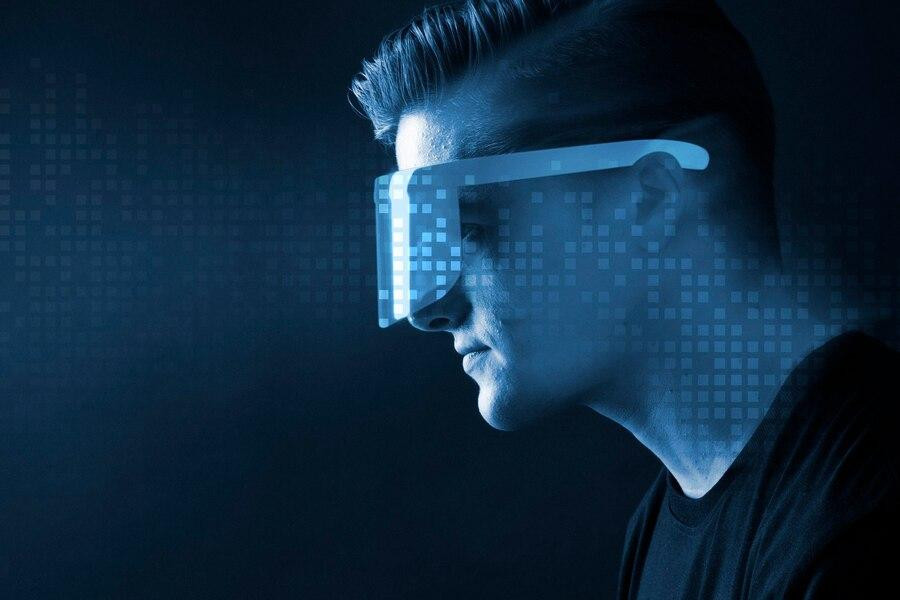In the realm of technological innovation, two powerful forces are converging to reshape the way we perceive and interact with the world: Computer Vision and Artificial Intelligence (AI). Individually remarkable, the fusion of these technologies opens the door to unprecedented possibilities, revolutionizing industries and challenging the very fabric of our understanding. In this exploration, we delve into the symbiotic relationship between Computer Vision and AI, unlocking the potential that lies at the intersection of these cutting-edge fields.
Understanding the Foundations: Computer Vision
At its core, Computer Vision is a field within computer science that empowers machines with the ability to interpret and make decisions based on visual data. Mimicking human vision, Computer Vision systems utilize algorithms and deep learning models to process and analyze images or videos, extracting meaningful information and insights. The journey of Computer Vision began with basic image recognition tasks but has evolved into a sophisticated discipline with applications ranging from facial recognition and object detection to autonomous vehicles and medical image analysis.
The Rise of Artificial Intelligence: Catalyst for Transformation
Parallelly, the ascent of Artificial Intelligence has been a defining narrative in the tech landscape. AI, often referred to as the intelligence exhibited by machines, encompasses a spectrum of technologies designed to simulate cognitive functions like learning, reasoning, problem-solving, and decision-making. Machine Learning (ML), a subset of AI, leverages algorithms to enable systems to learn from data, adapt to new information, and improve over time. The synergy between AI and Computer Vision lies in their shared goal of endowing machines with the capacity to comprehend and respond to their surroundings.
A Symbiotic Relationship: The Fusion of AI and Computer Vision
The convergence of AI and Computer Vision is where the magic happens. Computer Vision acts as the eyes of AI, providing the essential visual input that enables machines to make sense of the world. In return, AI augments Computer Vision with cognitive capabilities, allowing systems to learn, adapt, and make decisions based on visual information. This symbiosis is particularly evident in applications like image and speech recognition, where the amalgamation of the two technologies results in remarkable accuracy and efficiency.
Applications Redefined: Real-World Impacts
The fusion of AI and Computer Vision has profound implications across diverse industries, heralding a new era of innovation and efficiency.
- Healthcare Revolutionized:
In the healthcare sector, Computer Vision combined with AI has redefined diagnostics and treatment. Medical imaging, such as X-rays and MRIs, can be analyzed with unprecedented precision, aiding in the early detection of diseases. Surgical robots guided by Computer Vision ensure precision and enhance the capabilities of healthcare professionals, ultimately improving patient outcomes.
- Autonomous Everything:
The automotive industry has embraced the transformative power of AI and Computer Vision with the development of autonomous vehicles. These vehicles rely on Computer Vision systems to interpret their surroundings, identifying obstacles, pedestrians, and traffic signals. AI algorithms then make split-second decisions, navigating the vehicle safely through complex environments.
- Enhanced Security:
The marriage of AI and Computer Vision has significantly elevated security measures. Facial recognition systems, for instance, use Computer Vision to analyze facial features, while AI algorithms enhance the accuracy and speed of identification. This fusion has implications not only in law enforcement but also in securing digital spaces through advanced surveillance and authentication systems.
- Retail Revolution:
In the retail sector, AI-driven Computer Vision is reshaping the shopping experience. From cashier-less stores where Computer Vision tracks items as customers pick them up, to personalized recommendations based on visual analysis of customer preferences, the retail landscape is evolving towards a more seamless and customer-centric model.
Challenges on the Horizon: Ethical Considerations and Bias
While the prospects of AI and Computer Vision are undeniably exciting, they come with a set of challenges that demand our attention. Ethical considerations, especially in areas like facial recognition and surveillance, raise concerns about privacy and the potential for misuse. Bias in AI models is another critical issue, as algorithms can inadvertently perpetuate and even amplify societal prejudices present in training data. Addressing these challenges requires a concerted effort from the tech community, policymakers, and society at large.
Looking Forward: The Future of Possibilities
As AI and Computer Vision continue to evolve, their integration will likely redefine the technological landscape. Innovations such as augmented reality, where computer-generated information is overlaid onto the real world, and virtual reality, which immerses users in entirely digital environments, stand to benefit from the synergy of these technologies. The development of explainable AI, ensuring transparency in decision-making processes, will be crucial in gaining public trust and acceptance.
Conclusion,
the symbiotic relationship between Computer Vision and AI is a testament to the boundless potential of human ingenuity. As these technologies mature and find new applications, the line between the physical and digital worlds will blur, opening doors to possibilities that were once relegated to the realm of science fiction. The journey ahead will undoubtedly be shaped by the responsible development and ethical deployment of these powerful tools, guiding us towards a future where AI and Computer Vision enhance our lives in ways we are only beginning to fathom.

